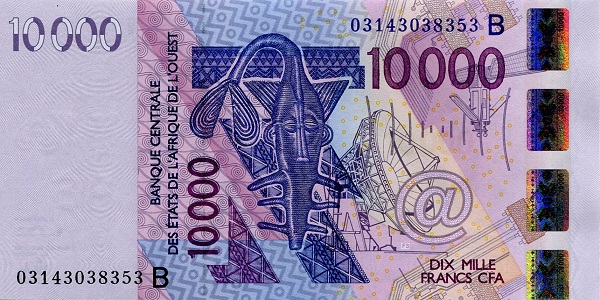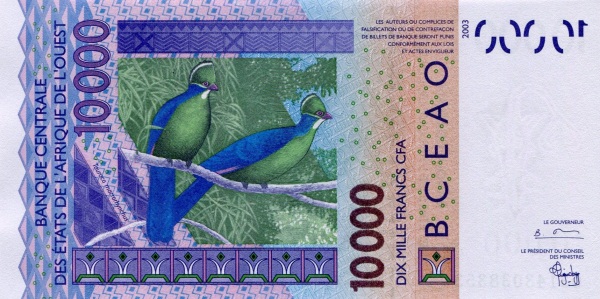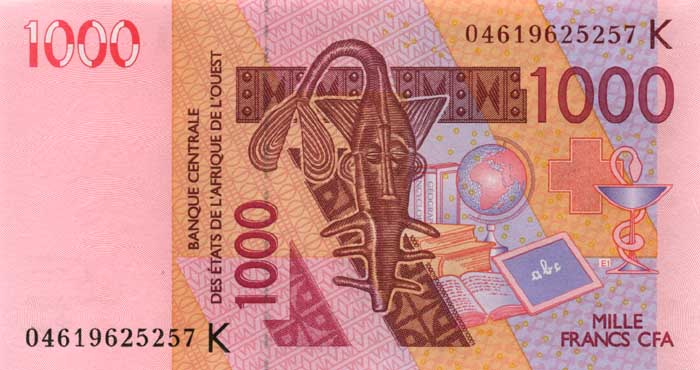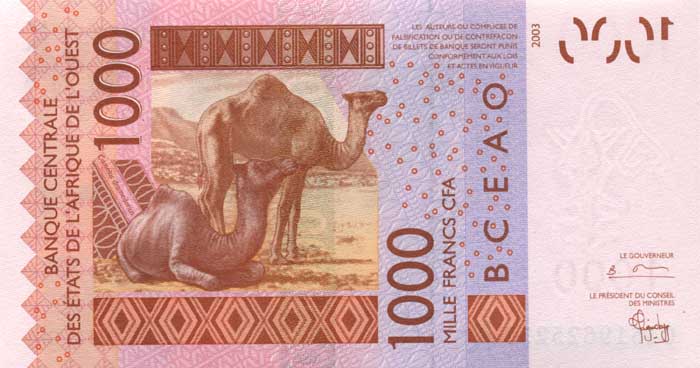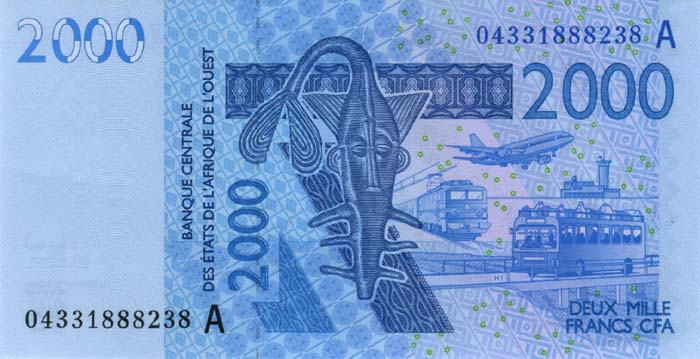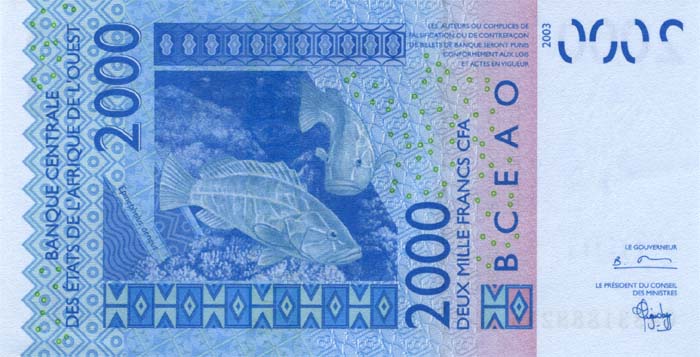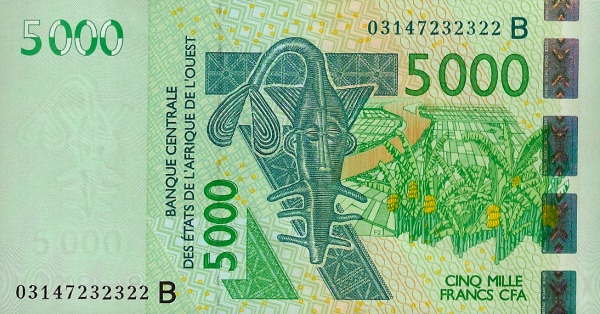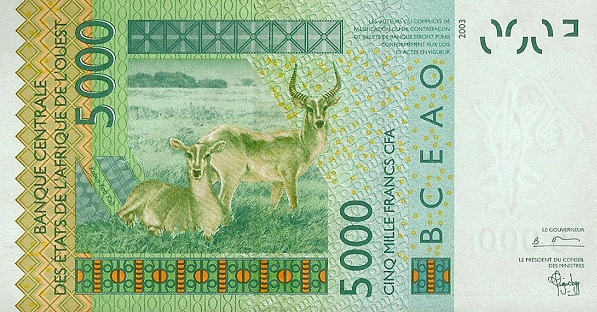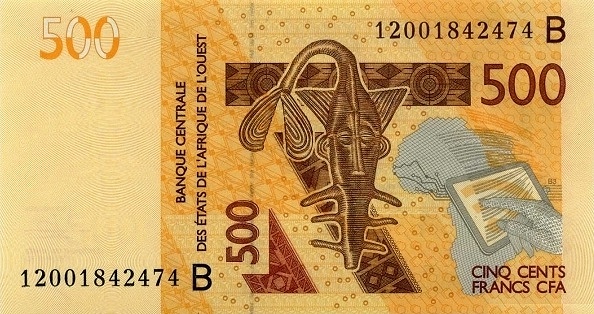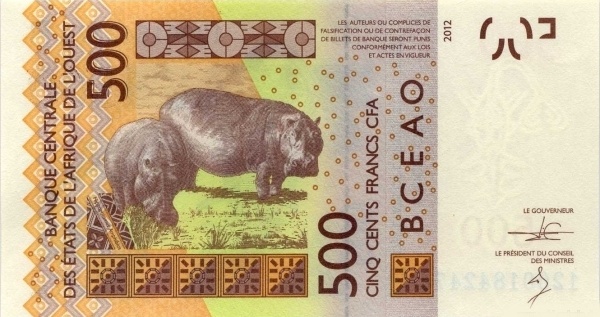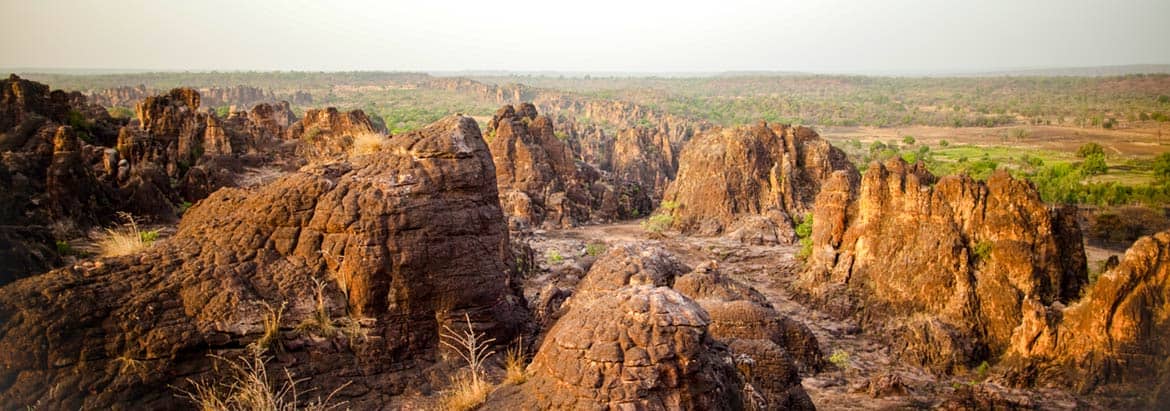Discovering Burkina Faso
A Brief Historical Overview
Burkina Faso, located in West Africa, proudly declared its independence from France on August 5, 1960. This significant milestone marked the beginning of a challenging journey characterized by a series of military coups during the tumultuous 1970s and 1980s. As a result, the nation transitioned to multiparty elections in the early 1990s, paving the way for a new political landscape. However, the high population density and scarcity of natural resources have led to economic struggles for many Burkinabe citizens.
Interestingly, recent social unrest in neighboring Côte d'Ivoire and northern Ghana has significantly impacted the livelihoods of several hundred thousand seasonal workers from Burkina Faso. These individuals, often employed in agriculture, have faced difficulties in securing job opportunities across borders. Consequently, the economic challenges within Burkina Faso have intensified.
In a defining moment for the nation, large-scale protests erupted in 2014. The intense civil unrest ultimately resulted in the overthrow of longtime ruler Blaise Compaoré. Remarkably, Compaoré had governed one of the poorest countries in the world for 27 long years, leaving a complex legacy that continues to influence the current political climate.
Government Structure
Burkina Faso operates as a parliamentary republic. This political framework encourages participatory governance, allowing citizens to engage in the political process actively. The formal adoption of the constitution on June 11, 1991, marked a critical turning point in the country’s legal framework, which has undergone amendments, notably in April 2000. This evolution underscores the commitment of Burkina Faso's leadership to align with democratic principles.
Geographical Insights
The geographical landscape of Burkina Faso is striking, with its location in western Africa, bordering Ghana to the south. The country's area spans 274,200 square kilometers (106,000 square miles). This diverse terrain features savannas, brushy plains, and scattered hills, all of which contribute to its unique ecological system. As one explores this nation, the varying landscapes become a canvas of natural beauty.
Climate Conditions
The climate in Burkina Faso can be described as Sahelian, characterized by distinct wet and dry seasons. Such climatic variations significantly influence agricultural practices and the daily lives of the Burkinabe people. Farmers depend on these seasonal changes, adapting their cultivation methods to ensure successful harvests in rhythm with nature.
The Burkinabe Society
The Burkinabe populace is a tapestry of cultures, with a remarkable mix of 63 ethnic groups. Among these, the Mossi constitute nearly half of the total population. Other prominent groups include the Bobo, Mande, Lobi, Fulani, Gourounsi, and Sénoufo. This ethnic diversity enriches the social fabric of Burkina Faso, yet it also presents certain challenges in terms of unity and cohesion.
In terms of religion, about 55% of the population identifies as Muslim, while approximately 25% adheres to Christianity, and around 20% practices traditional beliefs. This blend of faiths fosters a rich cultural landscape where traditions and customs intermingle, guided by respect and coexistence.
Linguistic Diversity
The official language of Burkina Faso is French, a remnant of its colonial past. However, many Burkinabe citizens communicate through several indigenous languages such as Mooré, Dioula, and Fulfuldé. This linguistic diversity reflects the country’s cultural richness and serves as a means of preserving local traditions and fostering community ties.
Education and Literacy
Despite the vibrant culture, Burkina Faso faces significant challenges in education. The literacy rate remains relatively low, with approximately 30% of the population able to read and write. Government initiatives and international support aim to improve these statistics, emphasizing the importance of education as a foundation for breaking the cycle of poverty.
Economic Landscape
Burkina Faso is endowed with several natural resources, including manganese, limestone, and marble. Notably, the country possesses small deposits of gold, phosphates, pumice, and salt. These resources play a vital role in the economy, particularly in the extraction industries.
Agricultural Products and Exports
Agriculture serves as a cornerstone of the Burkinabe economy. The main agricultural products include cotton, peanuts, shea nuts, sesame, sorghum, millet, corn, and rice. Livestock farming also contributes to the country’s agricultural output. Cotton, in particular, has established itself as a significant export commodity, along with gold and livestock. In fact, about 53.3% of Burkina Faso’s exports find their way to Switzerland, while India accounts for around 14.5% (data from 2015).
Import Dynamics
On the flip side, Burkina Faso imports a variety of goods such as capital goods, foodstuffs, and petroleum. Côte d'Ivoire emerges as the leading partner in imports, providing approximately 23.1% of total imports, followed closely by France, Togo, China, and Ghana. Such trade dynamics illustrate the interdependence of Burkina Faso with its neighbors and larger global players.
Challenges and Future Prospects
Despite its rich cultural heritage and abundant natural resources, Burkina Faso grapples with ongoing challenges. Economic prospects remain limited, exacerbated by external factors such as regional instability and climate change. As the nation seeks to navigate these difficulties, the resilience of the Burkinabe people shines through. Their determination to improve living conditions and foster a brighter future serves as an inspiration for the entire region.
In conclusion, Burkina Faso stands at a crossroads, blending a rich history with modern aspirations. The path toward sustainable development and enhanced quality of life for its citizens remains fraught with challenges. Nonetheless, the spirit of Burkina Faso and its people, characterized by resilience and hope, continues to thrive against the odds.
Largest cities of: Burkina Faso
| City Name | Population | Year of foundation | |
| Ouagadougou | 2,700,000 | 1450 | |
| Ouagadougou | 2,370,000 | 1500 B | |
| Bobo-Dioulasso | 540,000 | 1475 | |
| Koudougou | 120,000 | 1880 | |
| Kaya | 100,000 | circa 1100 | |
| Ouahigouya | 70,000 | 1680 |
Burkina Faso: Money
